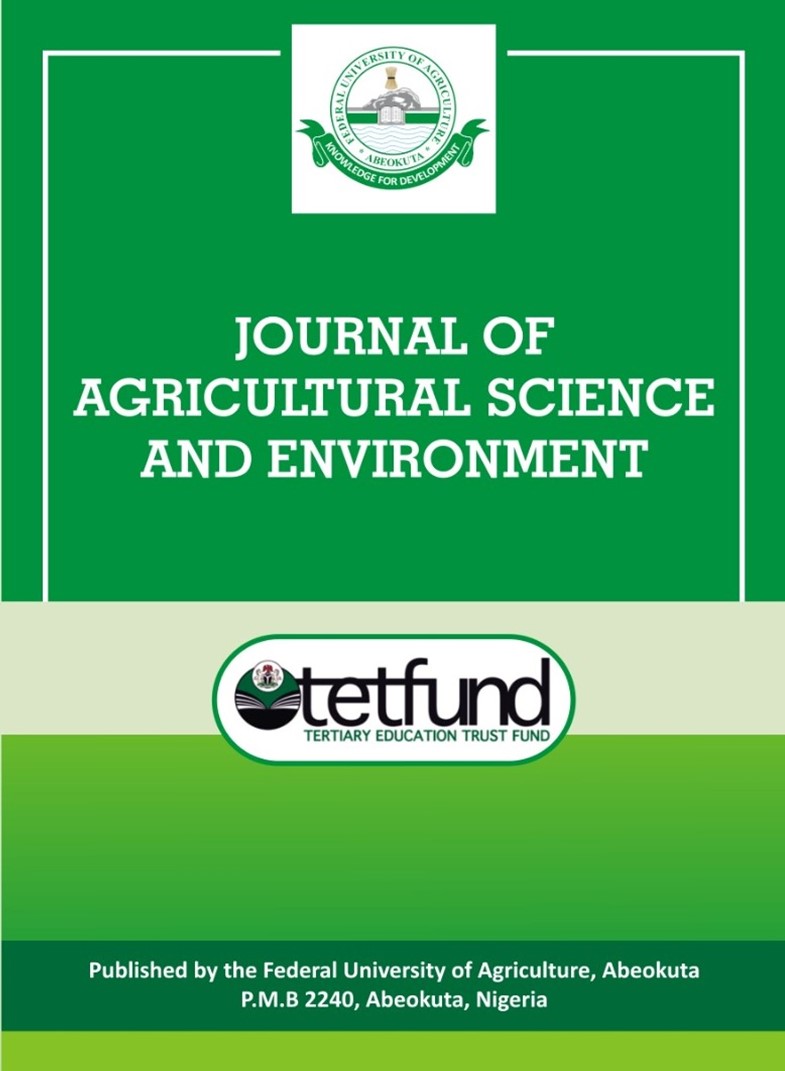IMPACT OF GARLIC EXTRACT ADMINISTRATION FREQUENCY ON HAEMATOLOGICAL AND SERUM BIOCHEMICAL PARAMETERS OF BROILER CHICKENS
Keywords:
Phytogenic additives, Growth performance, Antimicrobial effects, Immune response, Alternative to antibioticsAbstract
Phytogenic additives like garlic are increasingly valued in poultry production for their natural growth-promoting, antimicrobial, and health-enhancing properties, making garlic a viable alternative to antibiotics in broiler production. This study investigated the impact of garlic extract administration frequency on the haematological and serum biochemical indices of broiler chickens. A total of 300-day-old COBB-500 chicks were assigned to five treatment groups: T1 (standard check with antibiotics), T2 (garlic extract three days/week), T3 (five days/week), T4 (daily), and T5 (control with water only), each with four replicates of 15 birds over 42 days. Garlic extract was prepared by soaking 50 g of ground garlic in 1 litre of boiled water for 12 hours and administered at a concentration of 7.5 g per litre through drinking water according to treatments. Birds were raised on deep litter with ad libitum access to feed and water. Blood samples were collected on days 21 and 42 for analysis. One-way ANOVA was employed for data evaluation using SAS. There were significant variations (P<0.05) in eosinophil levels, mean corpuscular volume, and mean corpuscular haemoglobin concentration at the finisher phase. Total protein, globulin, Aspartate aminotransferase (AST), Alanine aminotransferase (ALT), levels at the starter phase, along with total protein, albumin, globulin, Alkaline phosphatase (ALP) and uric acid at the finisher phase, were also significantly influenced by frequency of garlic extract administration. Garlic extract (7.5 g per litre) administration frequencies positively affected haematological and biochemical parameters in broiler chickens at starter and finisher phases.


